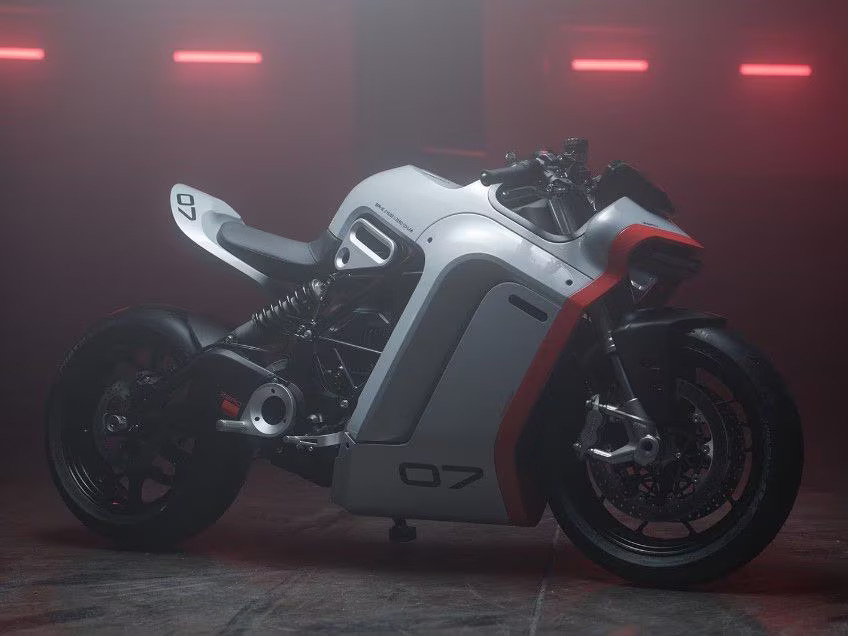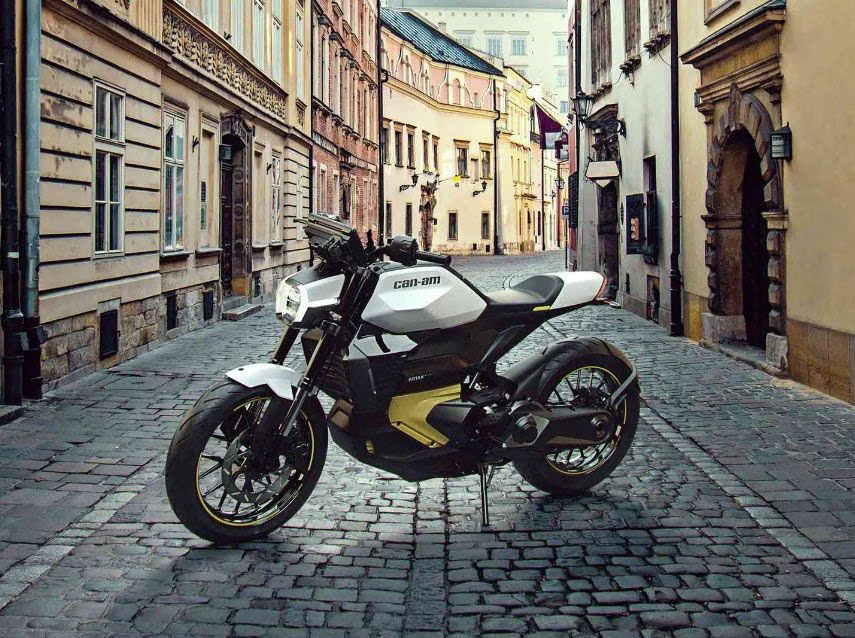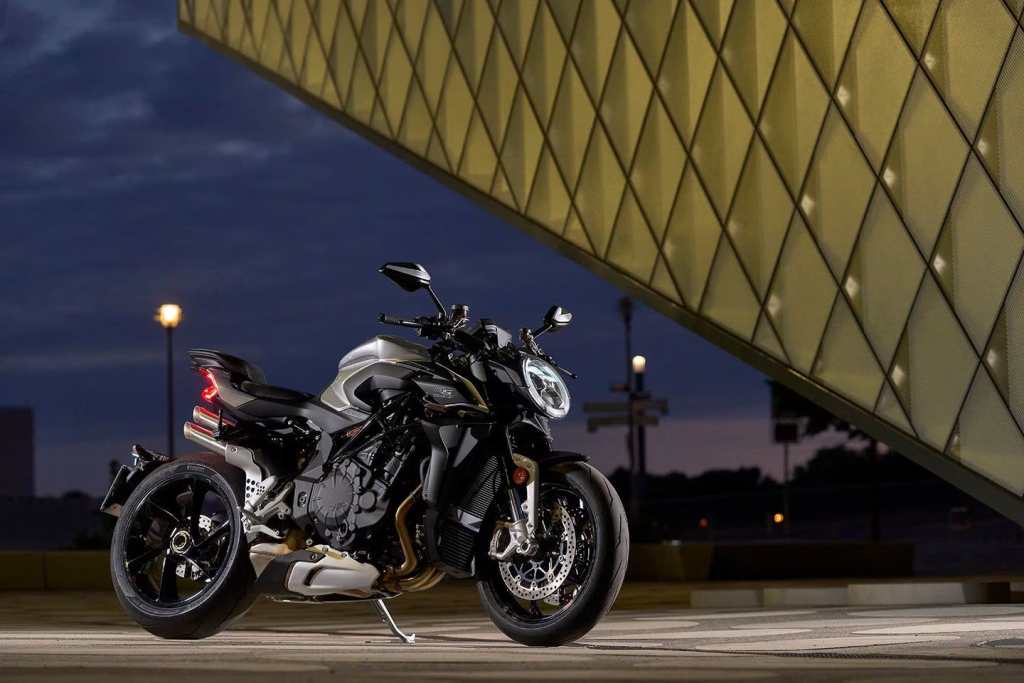Which Is Best? Electric Bikes or Gasoline Motorcycles?
Be in the know with Australian Motorcyclist Magazine, the leading Australian publication on industry news, trends, stories and everything motorcycles.
Australian Motorcyclist Magazine, the best resource for riders in Australia.
Explore the evolving debate of electric bikes versus gasoline motorcycles, as we weigh up factors like emissions, costs, performance, and the unique character each brings to your riding experience.
Electric motorcycles claim more market real estate each year, and technology has come a long way. Charging is faster, the range is longer, and available styles and charging infrastructure are expanding. But have they surpassed the tried-and-true benefits of gas-powered new motorcycles? We consider the merits of each and give our verdict.

Electric Motorcycles
Topping the list of reasons why an electric motorcycle may be better than a gas-powered bike is its lack of emissions. The environmental benefits of reducing greenhouse gases in the atmosphere are compelling to many in their purchasing decisions and are enough to warrant dealing with the inconvenience of charge times and range. And though the emissions associated with manufacturing and end-of-life are higher in EV production, emissions end-to-end are vastly lower than those produced by a gas-powered machine, according to a report from Argonne National Laboratory. According to the EPA, the carbon footprint of EV machines remains lower even when accounting for the emissions produced in the production of electricity used during charging.
Costs associated with charging and maintenance are also typically lower with electric vehicles. For example, most charging occurs at home, according to a report from the Transportation Energy Institute, and the average cost of a one-kilowatt hour of electricity was just over $0.15 to residential consumers in January 2023. Charging at an Electrify America station, currently one of the nation’s largest networks is $0.48 per kWh at the time of writing. As we know, gasoline prices are much higher, even in the best of times. Charging stations are also more ubiquitous, with more than 130,000 throughout the United States as of March 2023. The US government has also passed an infrastructure bill that would see 500,000 nationwide stations by 2030.

Other elements of electric bikes may be seen as benefits to some, such as quiet operation and instant torque. Many electric motorcycles offer storage in place of a fuel tank, and though often heavy when compared to their more traditional counterparts, most are designed with low centres of gravity to keep handling prowess intact. Check out our review of the Zero DSR/X adventure bike for an example of this last point.
Another pro is that the electric motorcycle field continues to widen. There are now adventure bikes, off-road bikes, scooters, cruisers, minibikes, retro-inspired machines, and standard street bikes to choose from.
Gas-Powered Motorcycles
Despite the improvements in range, gas-powered bikes remain unbeaten in terms of how long they can operate between fill-ups. Gas stations are also far more widespread and convenient. It only takes a few minutes to top off a bike instead of the hour or more required to get a decent charge on many EV machines. For commuters or daily, around-town riders this may be less of an issue but EV street bikes are non-starters for many who plan to tackle long stretches of road.

Although ongoing maintenance is required with a combustion engine, many riders are able to take care of the essentials themselves. The availability of shops nationwide to handle the bigger tasks is also much more extensive. Then there’s the unquantifiable quality of knowing your machine, the pride you can take in caring for and in many cases improving the bike with aftermarket mods. Rather than being a deterrent, wrenching for lots of riders is a huge part of what it means to be a motorcyclist.
Gas-powered bikes also sound vastly better than EV machines, and there are many more options in every segment at lower price points.

Fuel-burning bikes have much more personality too. A V-twin offers a much different riding experience than an inline-four, for instance. The character of the gearing and transmission or the design of the intake and exhaust systems all contribute to making a machine that’s more than just a machine. It’s a companion with quirks, likes and dislikes, strengths and weaknesses.
Verdict
It may be obvious, but for now, gas-powered bikes remain best, we appreciate that fossil fuels are a finite resource and that improved eco-consciousness is important, but the intangible qualities of a combustion engine have yet to be beaten. And the concrete factors remain compelling. Fill-ups are still the fastest, most convenient option. Riders can typically locate local shops within miles of their home that can tackle any mechanical project. Plus, the barrier to entry cost-wise is much lower, and the bikes, pretty much overall, just look better. There’s perhaps a future where EV motorcycles take the crown, but we’re not there yet.
–
Continue exploring the article at this link:
https://www.motorcyclistonline.com/news/electric-bikes-vs-gasoline-motorcycles-which-is-best/






